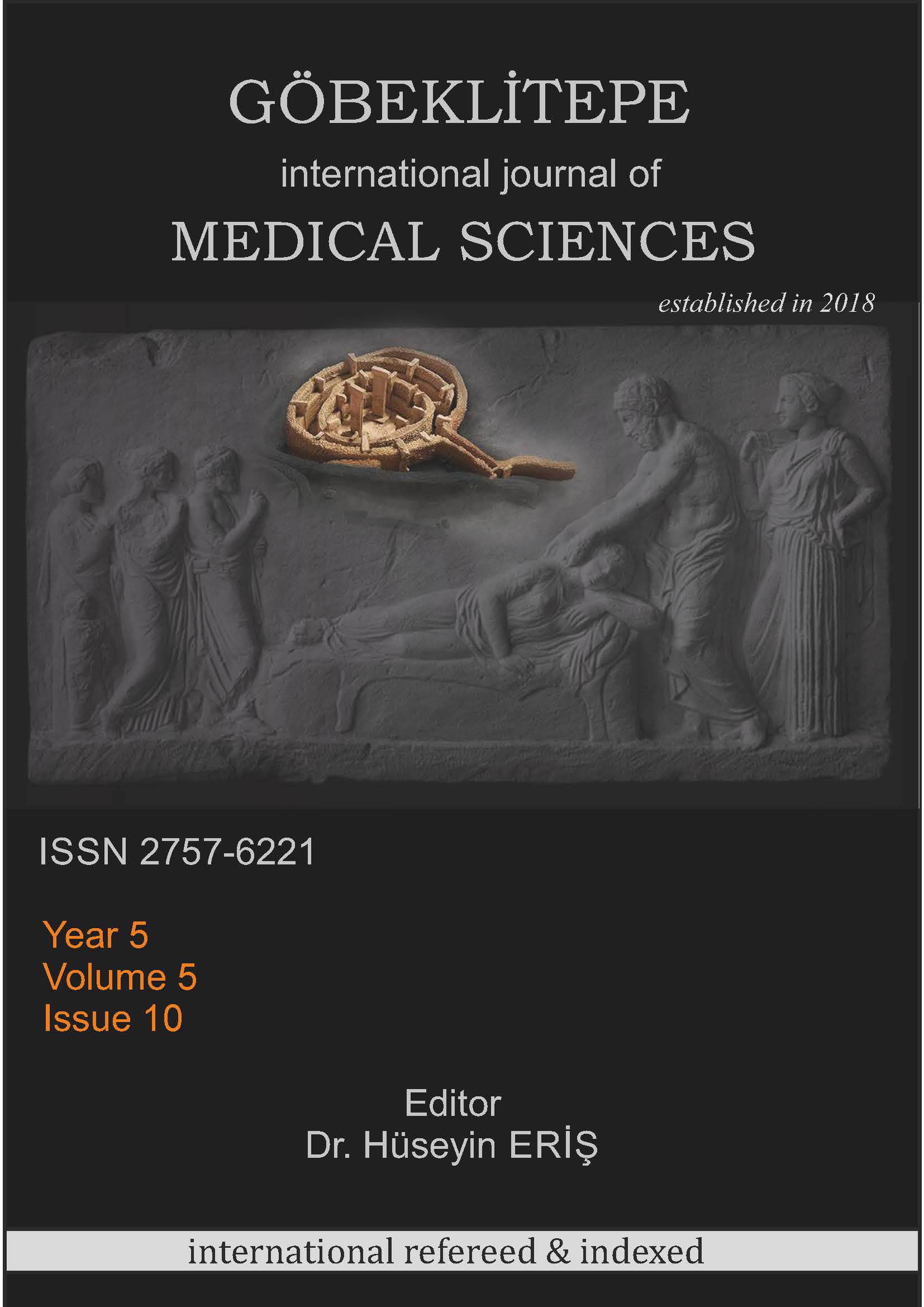THE RELATIONSHIP OF MOBBING EXPOSURE OF NURSING STUDENTS IN CLINICAL PRACTICE AND THE LEVEL OF ANXIETY
DOI:
https://doi.org/10.55433/gsbd-132Keywords:
Nursing Student, Clinical Practice, Mobbing, AnxietyAbstract
This research was conducted to determine the relationship between the level of anxiety of nursing students in the clinical practice environment and their exposure to mobbing. The research was carried out as a descriptive study with 406 nursing department students of Health Sciences Faculty and Health School of a state university in the Southeastern region of Turkey between November 2019 and January 2020. Research data were collected face to face with personal information form, mobbing scale and state anxiety inventory. SPSS 18.0 package program was used in the analysis of the data. In the analysis of the data, descriptive statistics number, frequency, mean and standard deviation were used. Mann Whitney U and Kruskal-Wallis tests were used for analyzes between groups. The relationship between the mean scores of the scales was determined by Spearman correlation analysis. The average age of the students is 20.86+1.55. It was found that 51.2% of the students were exposed to mobbing in the clinic and 33.7% of them were exposed to mobbing by nurses. The students' state anxiety scale mean score was 45.16±10.34 and the mobbing exposure scale mean score was 0.62±0.74. While there was a moderate positive correlation between the students' mobbing scale and the sub-dimensions of isolation from work, assault on professional status, attack on personality, and direct negative behavior, a low level of positive correlation was found between the mobbing scale and state anxiety scale (p). <0.05). It was found that more than half of the nursing students practicing in the clinic were exposed to mobbing in the clinic and the state anxiety levels of the students who were exposed to mobbing were found to be high in the clinic. In line with these results, it is recommended to ensure and maintain school-hospital cooperation, to maintain effective communication with nurses working in the clinic, and to support nurses in order to prevent nursing students from being exposed to mobbing during clinical practice.





